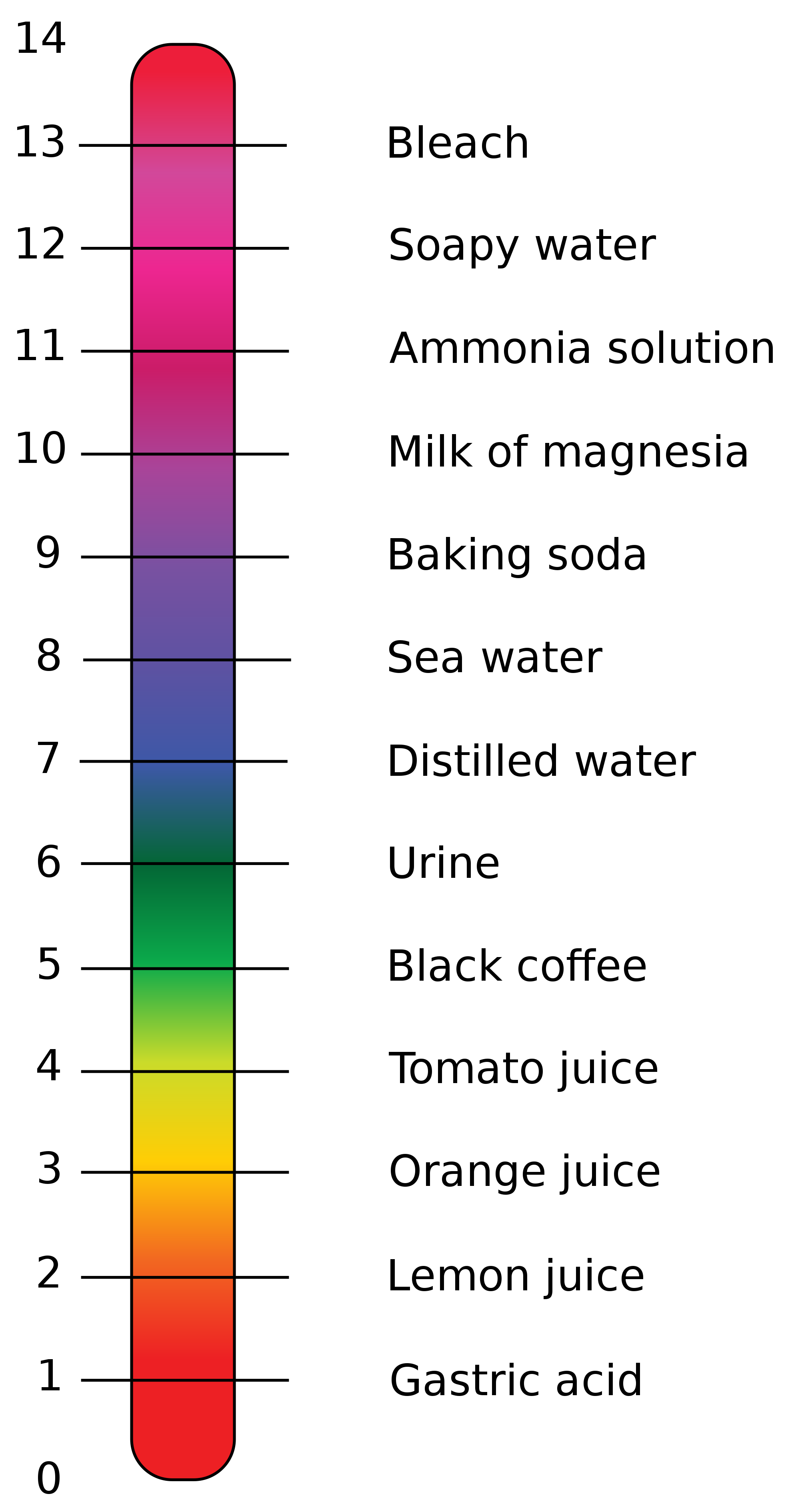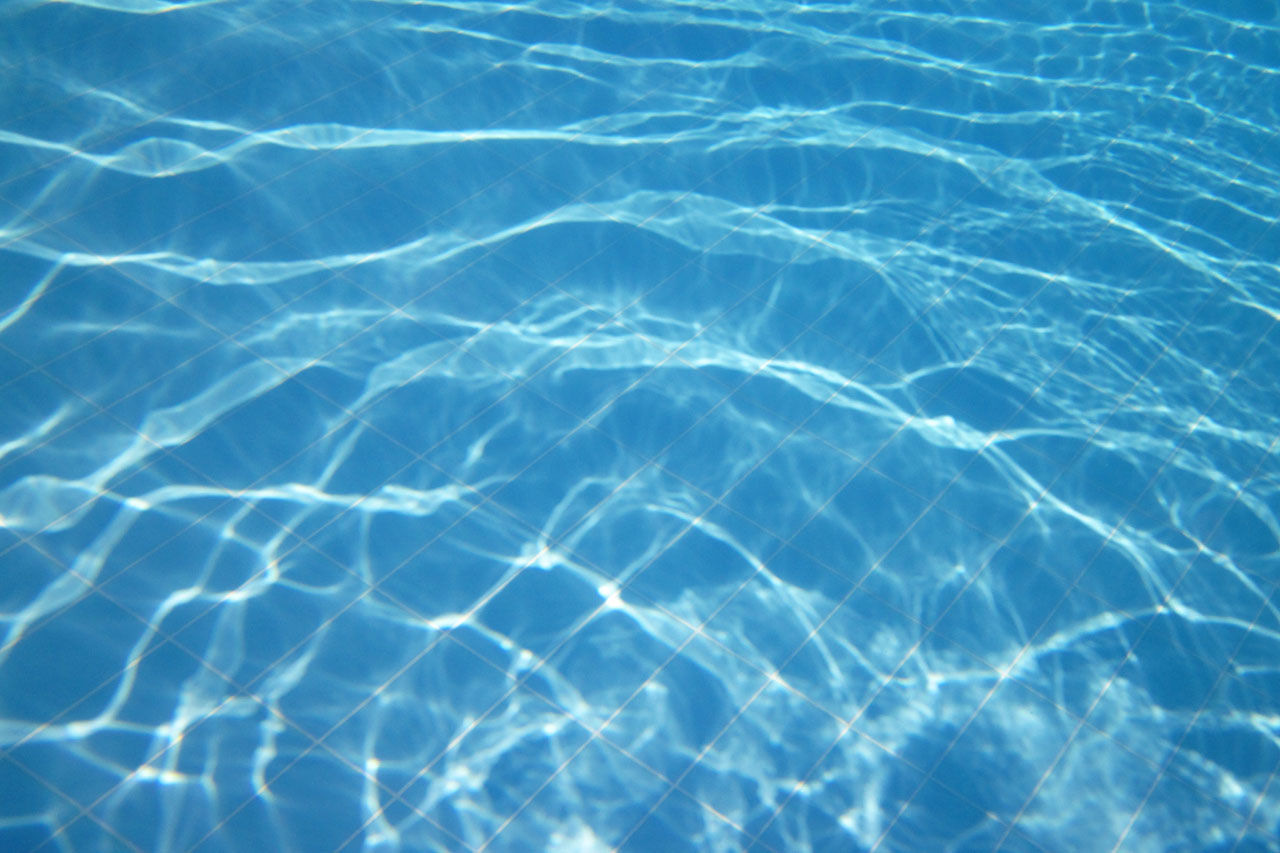Trying to get a better understanding of pool chemistry? Then this Pool Water Chemistry Guide is perfect for you, keep reading.
Pool chemistry is less about calculations and more about understanding the role each chemical has in balancing your water. Sure, there are a handful of numbers involved in terms of ideal chemicals levels, but when it comes to knowing how to manage pool chemicals, knowledge is your most valuable resource. Nearly every chemical in your pool affects the other in one way or another. Being mindful of those chemicals relationships makes your job as a pool owner much easier.
But you’re probably wondering, what is in swimming pool water?
Here’s a list of the chemicals typically found in pool water:
- Sanitizer(Chlorine)
- Alkaline
- Calcium
- Cyanuric Acid
That’s quite a few chemicals. But somehow, our pool water feels smooth to the touch when properly maintained.
Why?
It’s all about balance
Understanding Pool Chemistry
How to manage pool chemicals
You don’t want too much, and you don’t want too little – that’s the general rule of thumb when it comes to balancing your water. It’s simple really — take a look at the ph Scale below.
pH scale



The pH scale is used to measure how much of an acid or base a liquid is. Where a pH of 7 is neutral, less than 7 is acidic, and more than 8 is basic.
About pH | What is pH in a swimming pool?
Ideal pH level: 7.4 to 7.6
For a swimming pool, the ideal pH level sits between 7.4 and 7.6, making it a neutral liquid. But pH levels in swimming pools naturally fluctuate every time something enters the water, whether it’s a few twigs and leaves, or the bodily oils of a few swimmers.
So how do you keep your pool’s pH stable? With the help of pH increaser, pH decreaser, and stabilizers (we’ll talk about this a little later).
+pH Increaser
pH Increaser does precisely what you expect it to do. When your pH drops below 7.2, add some to your water to restore optimal pH levels.
+pH Decreaser
On the other side of the same coin is pH Decreaser. In the rare event that your water’s pH rises above 7.8, add some decreaser to bring it back down. pH Decreaser is also helpful if you’re dealing with cloudy pool water.
About Alkalinity
Proper Alkalinity level: 100 – 150 ppm
Remember how we mentioned using stabilizers for pH? Well, Alkalinity is mainly responsible for doing just that. Technically speaking, the alkaline in your pool acts as a shield for your pH, taking any big hits that would otherwise throw off your pH levels. This prevents your pH from fluctuating too sporadically, hence why we refer to it as a stabilizer.
Since Alkalinity is constantly playing the role of defense, its level will change frequently, so keep a good amount handy. You can pick up Alkalinity increaser at your local pool supply store.
About Calcium Hardness
Proper Calcium Hardness Level: 200 to 275 ppm
Have you ever wondered how your swimming pool and pool equipment stay together with all those chemicals in the water? You would think that chemically infused water would eat away at your pool over time. Funny thing is, without calcium being a part of your pool chemistry, that would be a real possibility.
That’s because calcium acts as food for your pool water. And if your pool water lacks calcium, then it still finds it one way or another. Whether through breaking down the concrete within the pool walls, or scraping up what it can find within your pool equipment.
This is why it’s so important to monitor your Calcium Hardness — a chemical level that’s easy to miss, but hungry if forgotten about.
Understanding Pool Chemistry



How to balance pool water
With the last three chemicals we mentioned alone, you already have the knowledge needed to balance your pool water. Achieving ideal pH levels is all about managing the relationship between pH and Alkalinity — key players in maintaining healthy swimming pool chemistry.
By using pH increaser and Alkalinity increaser as needed, maintaining a stable pH level is pretty simple. So keep a good stock of both chemicals on hand, and remember to test your water regularly.
[Regularly testing your water is part of an effective and time-saving Pool Care Schedule]
All About Sanitizers
Balancing your water’s pH represents about 50% of your pool chemistry responsibilities — keeping the water clean (sanitation) accounts for most of the rest. But after reading everything up to this point, you’ll be happy to know that good pH is essential to the effectiveness of your pool’s sanitizer.
Your sanitizer takes care of all the bacteria and contaminants in your pool water, allowing you to enjoy clean and healthy swims on the regular.
As a pool owner, you have a few choices sanitation.
[New to pool ownership? This Pool Owner Guide is your go-to resource]
Chlorine
Ideal Chlorine level: 3 ppm
Chlorine is the sanitizer that swimmers and pool owners are most familiar with. And that’s because it’s reliable. It’s a low-cost sanitizing solution that kills bacteria and prevents algae growth.
[Alage problems? Learn how to remove pool algae]
Chlorine comes in a few different forms, including:
- Tablets
- Powder
- Salt Water Chlorine Generator
Bromine
Ideal Bromine level: 3 to 5 ppm
Bromine is a less intense alternative to chlorine, better suited for indoor use and smaller pools/spas. This is due to its natural instability, which creates a greater sensitivity to UV rays. On the plus side, Bromine works similar to Chlorine when it comes to killing bacteria, but it’s not nearly as effective in dealing with algae.
Biguanide
Ideal Biguanide level: 30 to 50 ppm
If you have enough wiggle room in the sanitizer budget, you may want to consider using biguanide. Chances are this isn’t a chemical you’ve heard a whole lot about, but that doesn’t reduce it’s credibility as a great sanitation alternative.
Biguanide gives your pool water a soft feel to the touch, but the thing about biguanide is that it’s very particular. It can’t be mixed with regular pool chemicals, and can only be used with specially designed chemical packages recommended by the manufacturers. In other words, you’ll have to disregard most of the pool chemistry advice you’ve read so far should you go the biguanide route.
Shocking your pool
Despite how it may sound, shocking your pool in no way involves electricity of any sort. What it does involve is adding pool shock to your water, which is really just concentrated chlorine (enhanced with a few other chemicals) in powder form. Shocking your pool is a quick and easy method for sanitizing your water, and reaching breakpoint oxidation.
Breakpoint oxidation
Breakpoint oxidation happens when all the unwanted contaminants in your pool water have been oxidized, or when your pool has been fully disinfected.
From a chemical standpoint, breakpoint oxidation occurs when your Free Chlorine reading is 10 times the amount of your Combined Chlorine reading. For reference, chlorine is measured in two ways:
Free Chlorine
Free Chlorine represents chlorine that can still be used to disinfect. Essentially, “active” chlorine.
Combined Chlorine
Combined Chlorine represents chlorine that is already used, referred to as chloramines.
Other Chemicals



Cyanuric Acid
Cyanuric Acid acts as a sunscreen for the chlorine in your water, protecting it from quickly burning up under hot UV rays. Consider CYA a chlorine stabilizer that helps you maintain consistent chemical levels easier.
What is the CYA level in a pool?
Ideal CYA Level: 60 – 80 ppm ( Outdoor pools)
Algaecide
This chemical does exactly what the name implies. It kills algae. When you have to remove pool algae from your water, this is the chemical you want on hand.
Granted, although algaecide is both a great algae preventative and treatment, chlorine is the most effective “algae killer”. When battling pool algae, use chlorine as your “sword” and algaecide as your “armor”.
Clarifier
Clarifiers are your go to pool chemical when dealing with cloudy pool water. They clump the cloud particles together for more efficient filtering. Making it easier for your filter system to filter the cloudiness out of the water.
Flocculant
This method is usually much faster but calls for an extra bit of work on the pool owner’s part. Flocculants attach to the cloud particles and weight them down, causing them to sink to the pool floor and accumulate in one place. This allows you to easily vacuum one big cloud and eliminate the majority of the cloudiness in the water. Your main drains and filter take care of the fine filtering.


